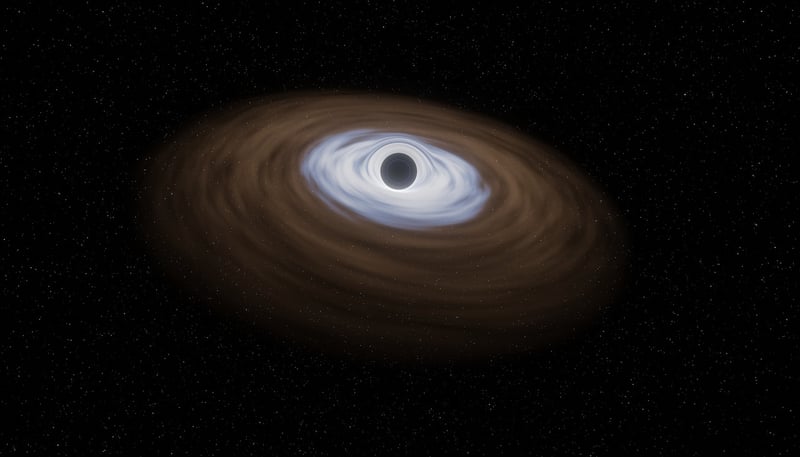Black Hole Discoveries
Unveiling the Mysteries of the Cosmos: A Dive into Black Hole Discoveries
When we gaze up at the night sky, we are met with the vastness of the universe, filled with cosmic phenomena that continue to captivate and astound us. Among these enigmatic entities, black holes stand out as some of the most intriguing and mysterious objects in the cosmos. Let's delve into the fascinating world of black holes and explore some of the groundbreaking discoveries that have shed light on these cosmic wonders.
The Nature of Black Holes
Black holes are regions in space where gravity is so intense that nothing, not even light, can escape their grasp. These celestial entities form when massive stars collapse under their gravity, creating a singularity—a point of infinite density surrounded by an event horizon, beyond which nothing can return.
Recent Discoveries
1. Event Horizon Telescope Image
In 2019, the Event Horizon Telescope collaboration released the first-ever image of a black hole. The image captured the silhouette of the supermassive black hole at the center of the M87 galaxy, providing visual confirmation of these cosmic behemoths.

2. Gravitational Waves
In 2015, scientists detected gravitational waves for the first time, a phenomenon predicted by Einstein's theory of general relativity. These ripples in spacetime were generated by the merger of two black holes, offering a new way to study these elusive objects.
Exploring the Unknown
As researchers continue to push the boundaries of our understanding of black holes, new discoveries await us on the horizon. From the dynamics of black hole accretion disks to the behavior of matter near the event horizon, there is still much to uncover about these cosmic enigmas.
So, the next time you look up at the starry night sky, take a moment to ponder the mysteries that lie beyond our reach, hidden within the depths of black holes—a reminder of the awe-inspiring complexity and beauty of the universe.
For more information and updates on black hole discoveries, visit NASA's Chandra X-ray Observatory.
